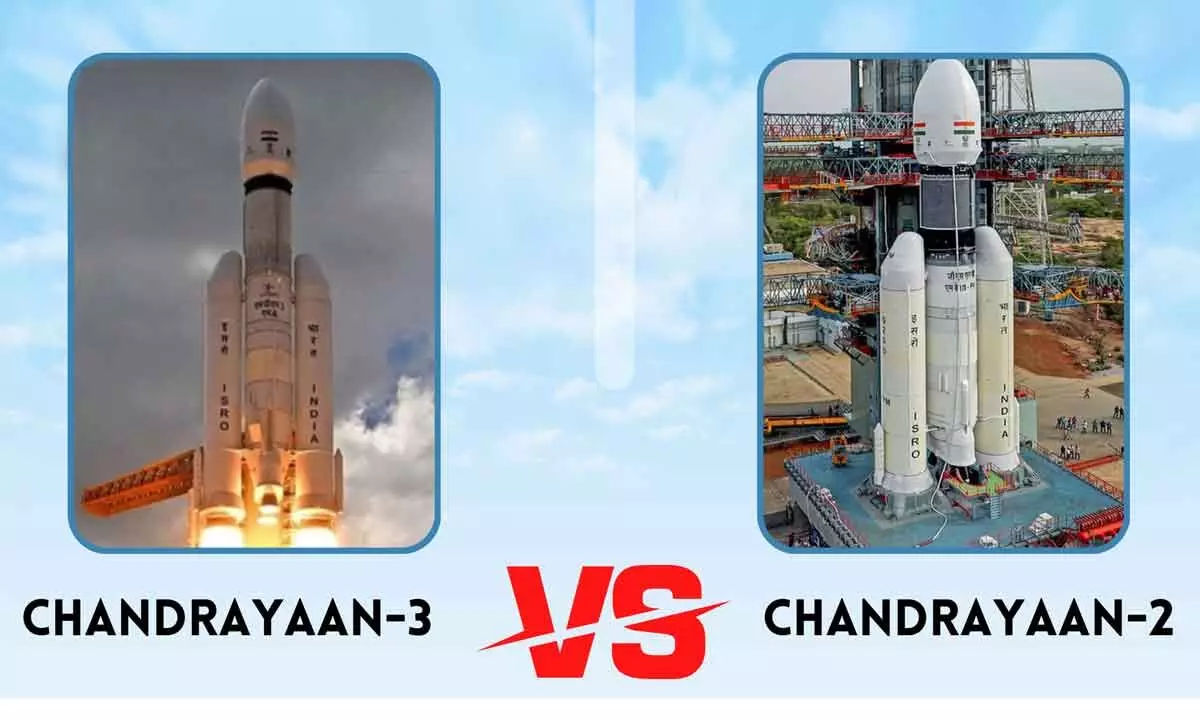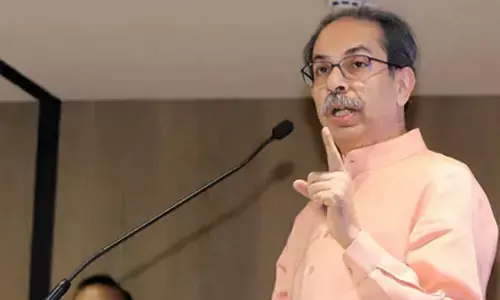Compared: Chandrayaan-2 vs Chandrayaan-3; What is different with Chandrayaan-3

The Indian space agency has learned valuable lessons from the partial failure of its Chandrayaan-2 mission in 2019. It has made significant improvements for its upcoming Chandrayaan-3 mission as it prepares for a soft landing on the Moon.
The Indian Space Research Organization (ISRO) is set for a second attempt to land on the Moon with Chandrayaan-3 as the spacecraft continues to circle the Moon. The soft landing is scheduled for August 23. The Chandrayaan-3 mission comes nearly four years after India lost its predecessor Chandrayaan-2 in the final moments of landing on the Moon's surface.
Chandrayaan-3 on the Final Course
The Indian space agency has learned valuable lessons from the partial failure of its Chandrayaan-2 mission in 2019 and has made significant improvements to its Chandrayaan-3 mission, according to ISRO Chief S Somanath. In a detailed explanation of what went wrong with Chandrayaan-2, Somanath informed that the Lander's five engines, used to slow down in a process called retardation, produced more thrust than expected. This caused a buildup of errors, causing the craft to make rapid turns to correct its course.
However, the software limited the spacecraft's ability to turn, causing a high-speed landing in a specific 500x500 square meter area, which in itself was a tiny region for a spacecraft to land. Somanath explained that Chandrayaan-2's main problem was its limited ability to handle parameter variation and dispersion.
Former ISRO Chief K Sivan explained that Lander's initial part worked well. It didn't work well towards the end, and we had a crash landing. During that time, we received an enormous amount of telemetric health data. He added that although it was working fine, "the dispersion level was more than what we had expected and designed for. Because of this high level, the guidance system malfunctioned. The system increased the thrust instead of reducing it. And to correct the errors, the control system required large maneuvers. But, there was a limit in the system because of which it could not do what we wanted."
What is different with Chandrayaan-3?
To address this, ISRO has incorporated a "failure-based design" into Chandrayaan-3 instead of the "success-based design" used on Chandrayaan-2. This new approach focuses on potential failure scenarios and how to guard against them to ensure a successful landing.
Chandrayaan-3 landing area has been expanded to 4 km x 2.5 km, allowing the craft to land safely anywhere within that area if conditions become abnormal. The craft has also been fitted with more fuel to handle dispersion and move to an alternate landing site if necessary.
Chandrayaan-3 will only need to take an image, compare it with the stored image data, and land to further improve the landing process. The final correction will be made to avoid any object more significant than 30 cm at the landing site. This eliminates the need for last-minute calculations to find the landing site, a challenge Chandrayaan-2 faced.
To ensure power generation after landing, additional solar panels have been included on Chandrayaan-3, regardless of how it lands. To address the challenge of landing faster, the vertical velocity component has been increased from 2 meters per second to 3 meters per second. ISRO has also performed extensive testing of Chandrayaan-3 to ensure its robustness. The fully integrated craft was tested for sensor and parts sensitivity to vibration in various test beds. Helicopters and cranes were used to simulate flying and landing scenarios. According to Somanath, Chandrayaan-3 has been tested to withstand six times sigma or general failure scenarios.
ISRO is confident that with these improvements, Chandrayaan-3 will successfully land on the Moon, marking an important milestone in India's space exploration journey.
















